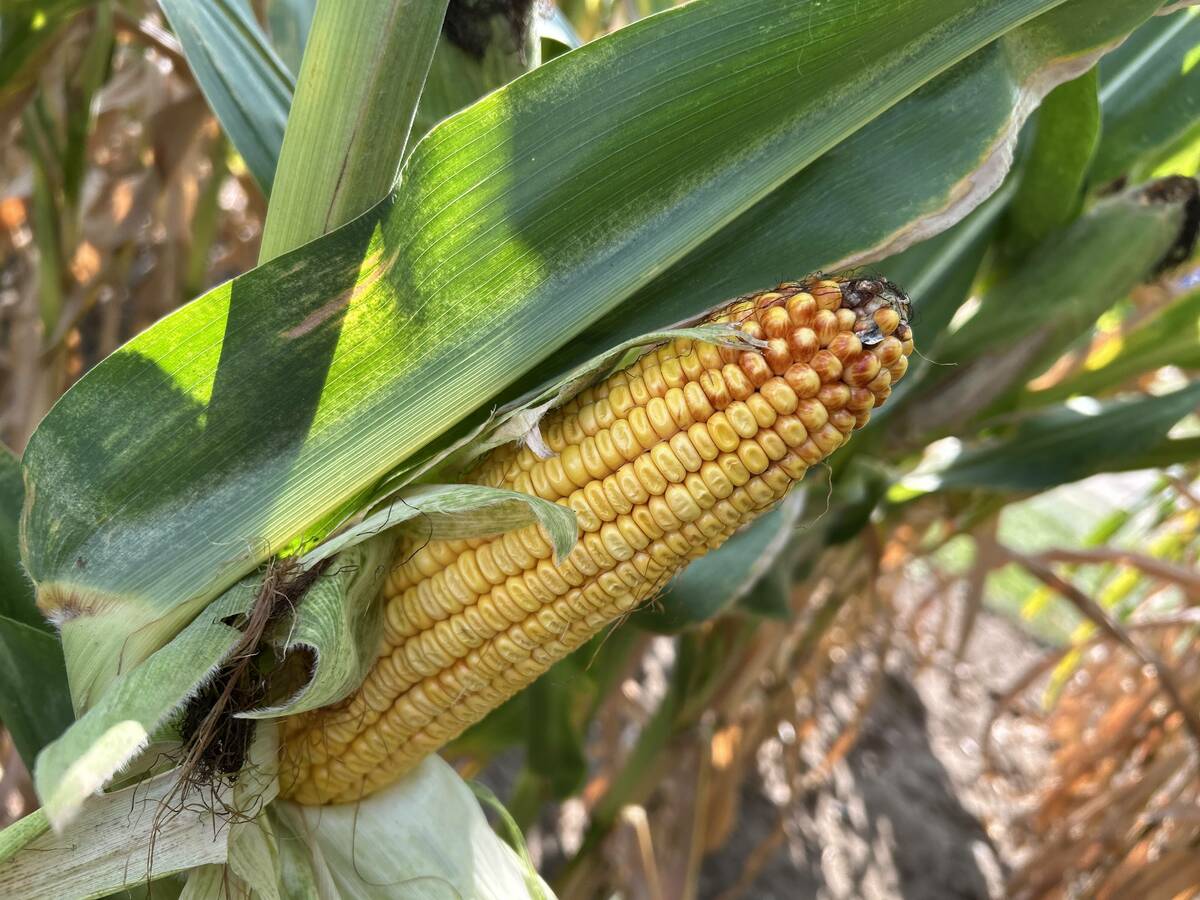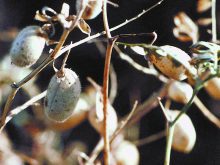Farmers in India are harvesting their summer pulses and according to preliminary government estimates, it is going to be a big crop.
The first advance estimate from the department of agriculture’s directorate of economics and statistics shows farmers are expected to produce 4.98 million tonnes of kharif pulses in 2005.
That is nearly identical to last year’s output but 12 percent or 500,000 tonnes higher than the previous 10-year average.
Finora Inc. special crops trader Gerald Donkersgoed said production numbers from India are inherently unreliable so growers shouldn’t base sales expectations on that data alone.
Read Also

Crop estimates show mixed results
Model-based estimates used by Statistics Canada showed the 2025/26 crop year has seen increases in canola, corn for grain, oats and lentils production while seeing dips in spring wheat, durum wheat, soybeans and barley in comparison to 2024/25.
“All I really have to go on is export stats out of Canada,” he said.
And based on that criterion the prospect of a bountiful Indian crop hasn’t slowed Canadian pea and lentil sales to the world’s largest pulse producing and consuming nation.
Data from Statistics Canada reveals exporters shipped 179,200 tonnes of peas to India in August and September compared to 102,700 tonnes for the same period last year.
When Pakistan and Bangladesh are added to the mix, exports are 238,500 tonnes, up 124 percent over last year’s total of 106,400 tonnes.
Donkersgoed thinks that is a function of the record Canadian harvest, stabilized ocean freight rates and another all-important factor.
“It is probably priced right,” he said.
While yellow peas have sold well, traders had problems moving green peas into India, a direct repercussion from last year’s poor quality crop.
“We’re having to re-establish the Canadian brand into India with this year’s green pea crop,” said Donkersgoed, whose company conducts a lot of special crops business in Asia.
One challenge for pulse exporters is India’s efforts to increase production.
“What I see from a distance is clearly the government would like to encourage local production of pulses.”
That means they will maintain tariffs and keep promoting expanded domestic pulse acres.
India produces two crops annually. Farmers are now planting the rabi or winter season crop, to be harvested between March and May 2006. So far the pace of seeding is up.
According to India’s department of agriculture, farmers have seeded four million acres of pulses, up from three million acres at this time last year.
“The prospects appear good. There were good monsoon rains and early conditions appear to be ideal,” said Donkersgoed.
Stat Publishing analyst Brian Clancey said a larger rabi harvest is unlikely to close of the Indian market in 2006.
If Canadian pulse prices remain low, the Indians will buy, but a big crop will keep pea and lentil values in check.















